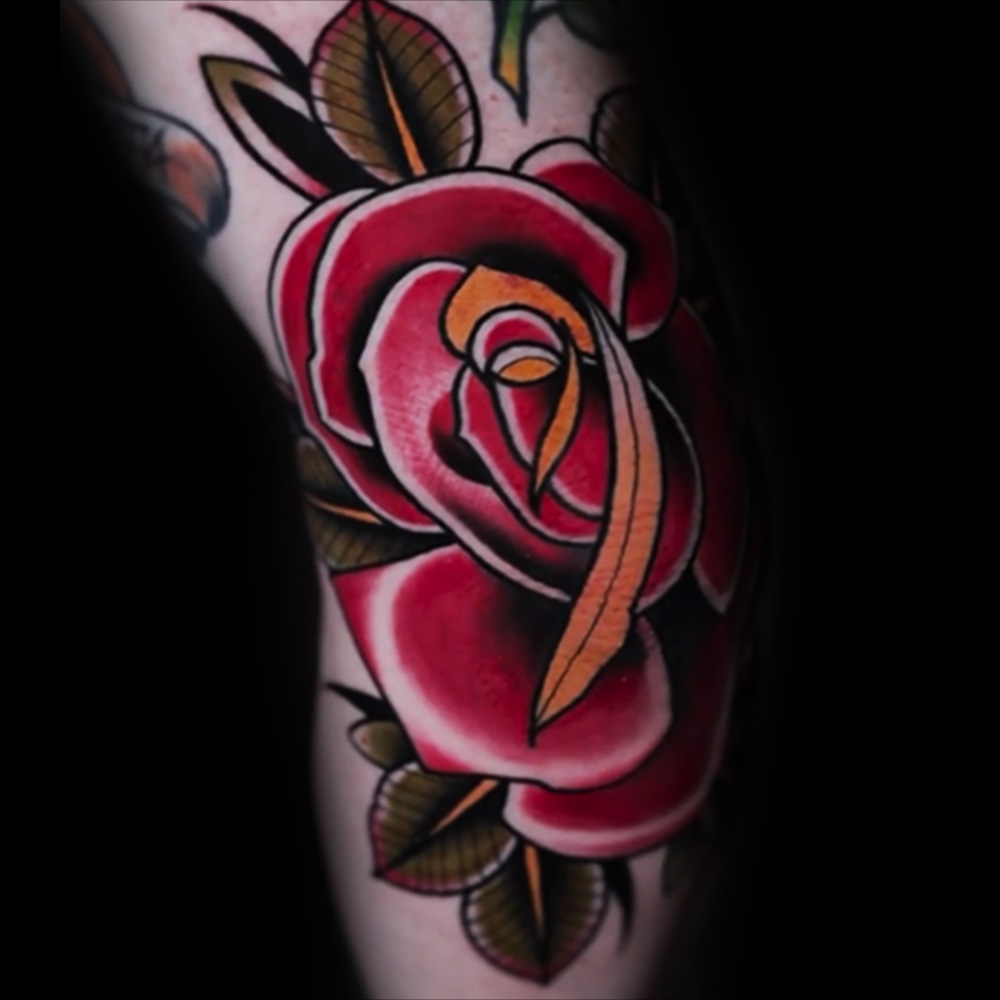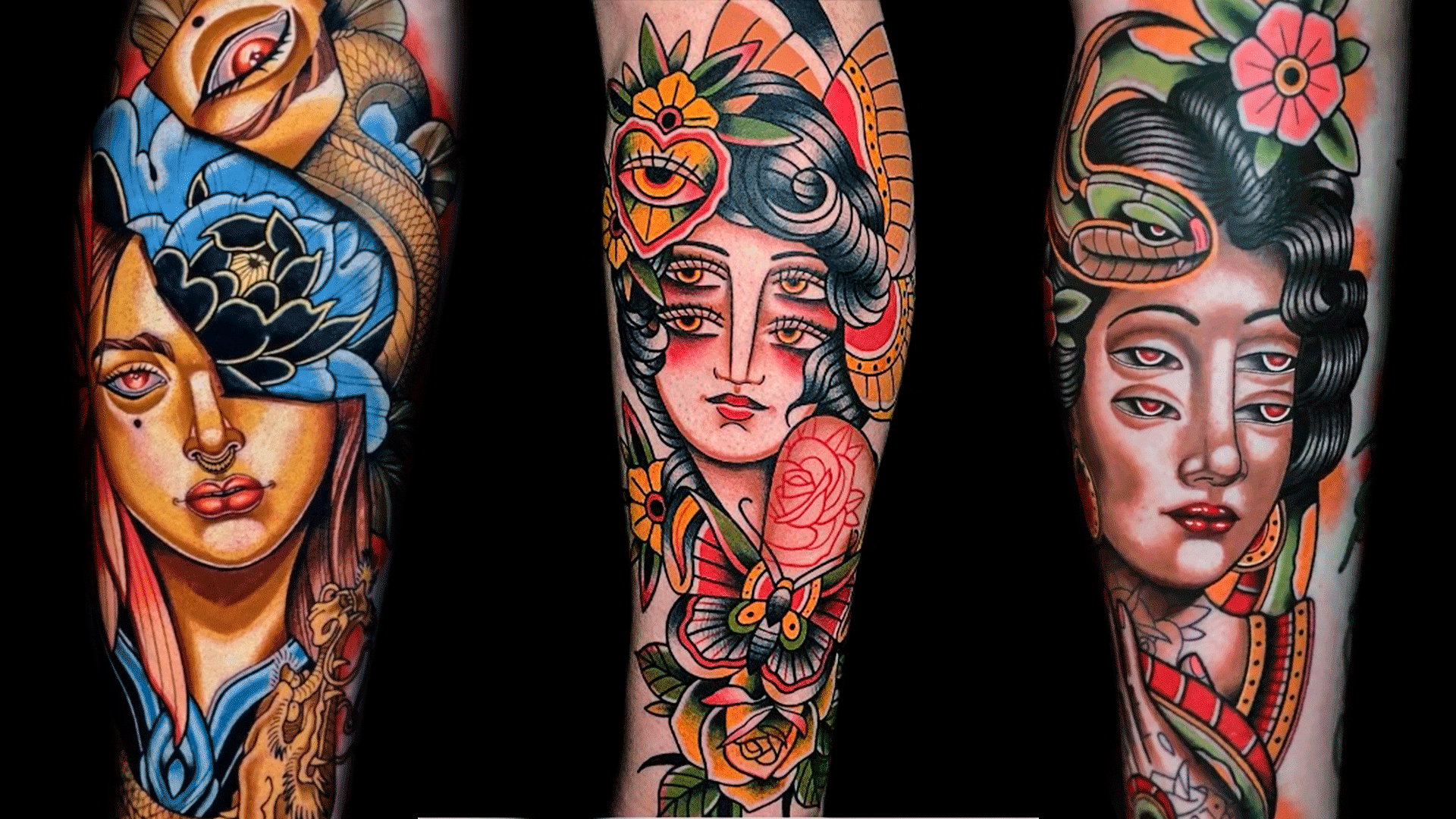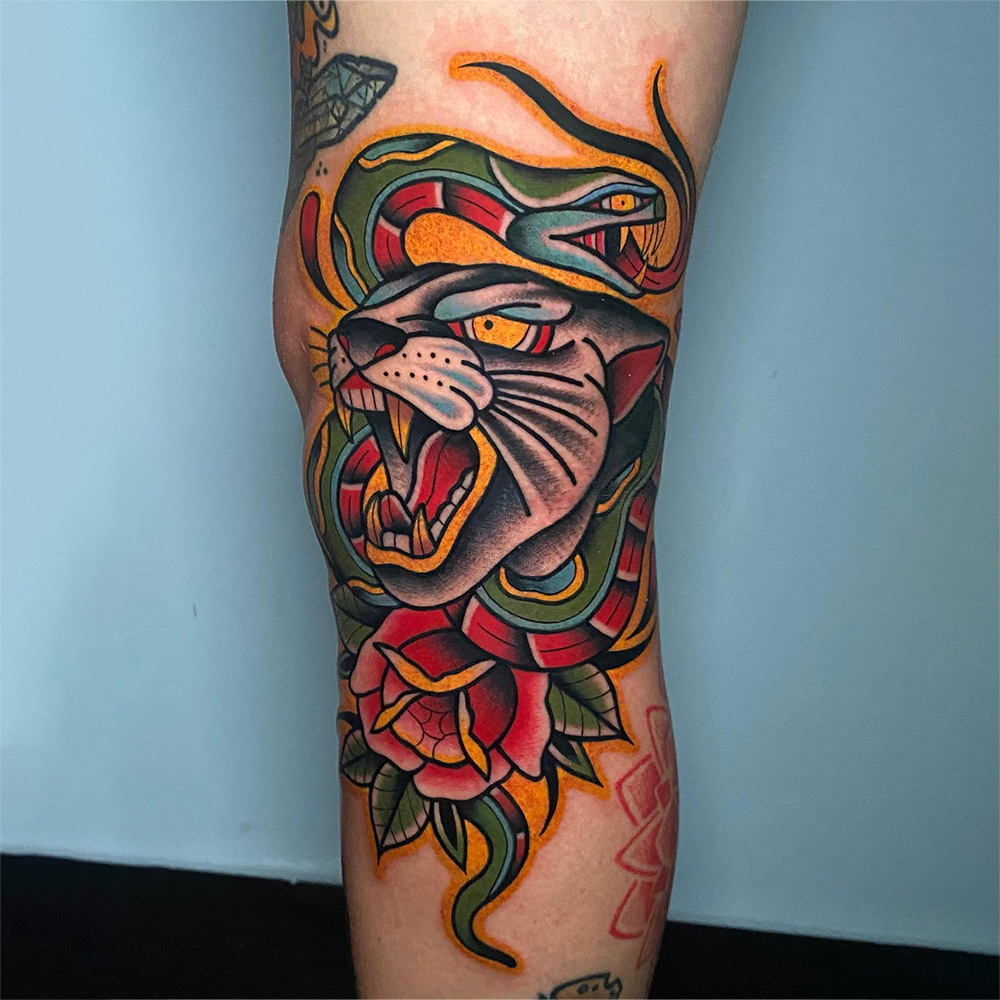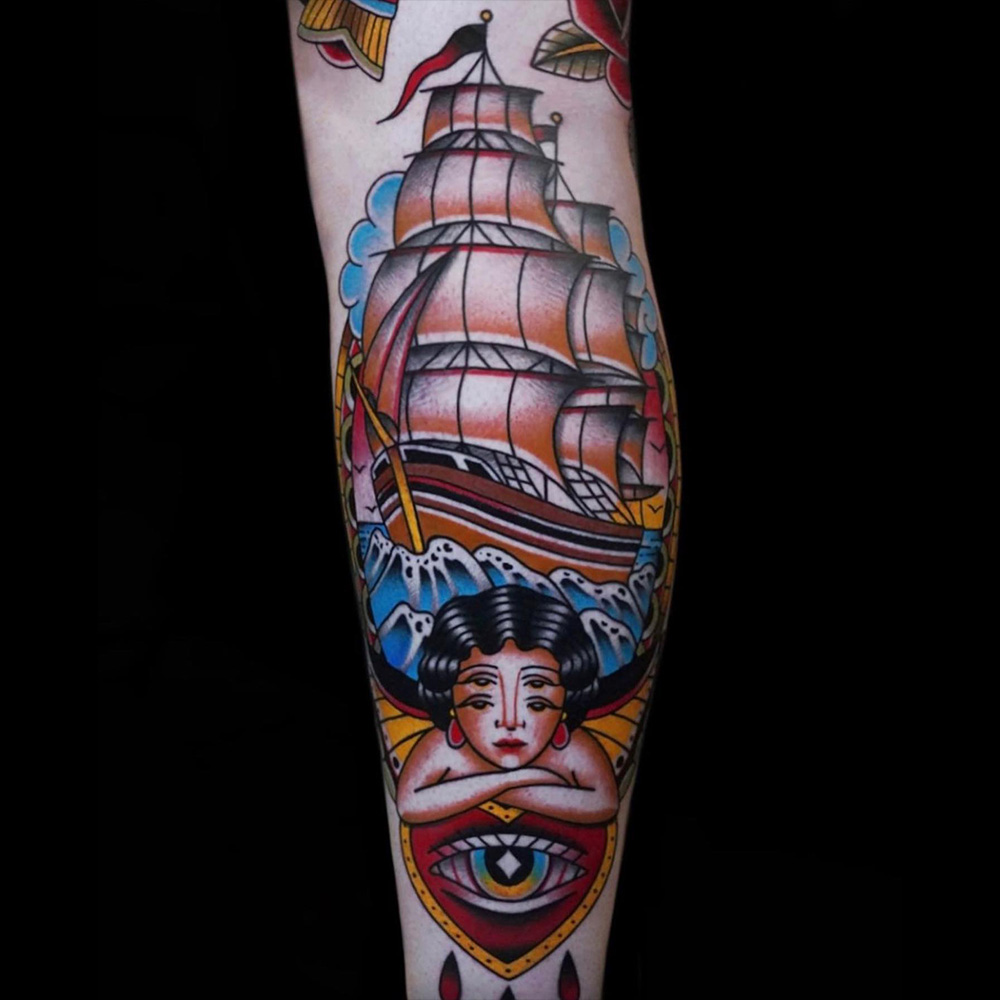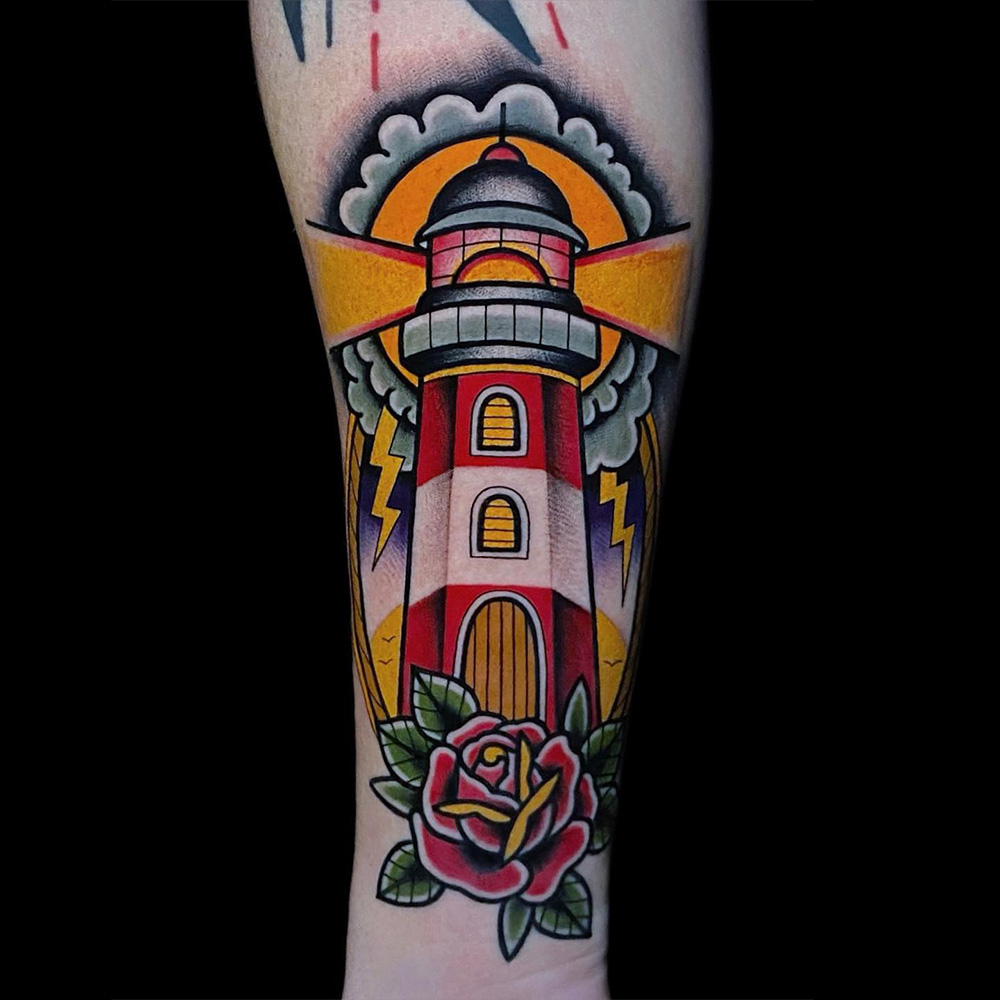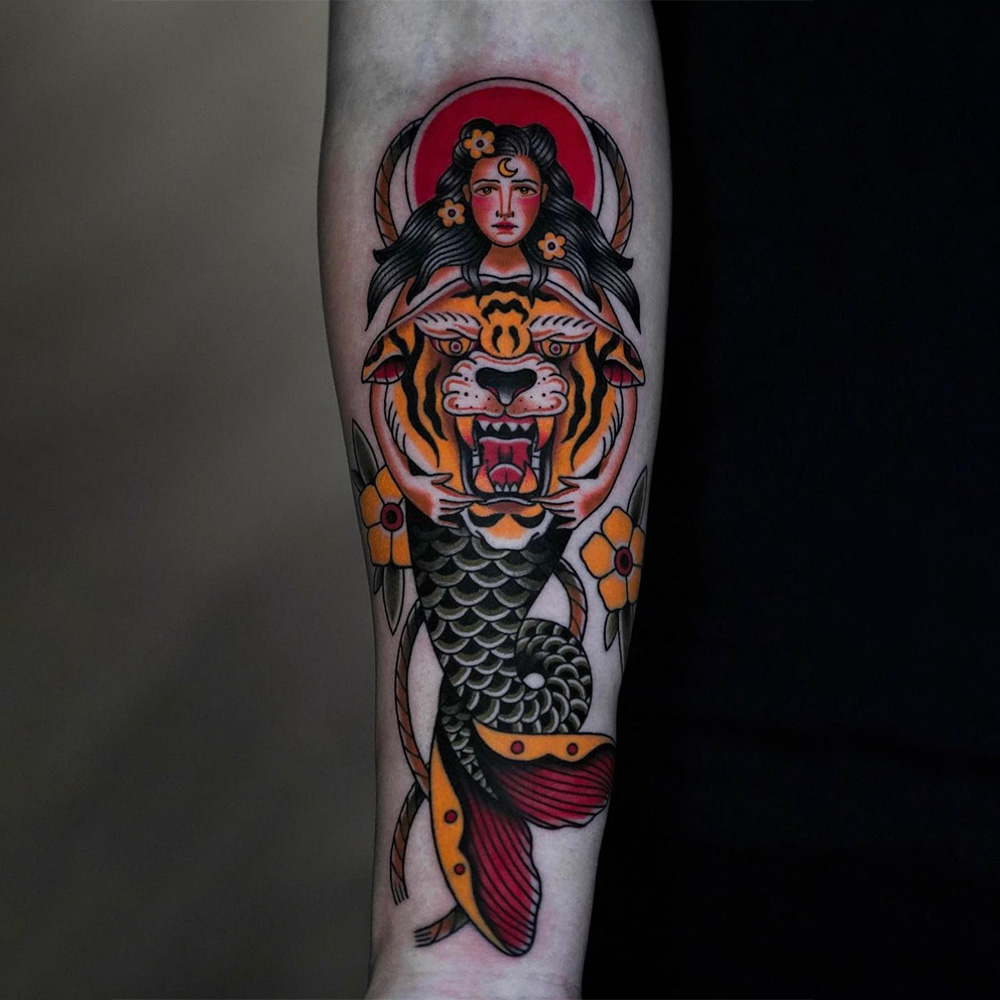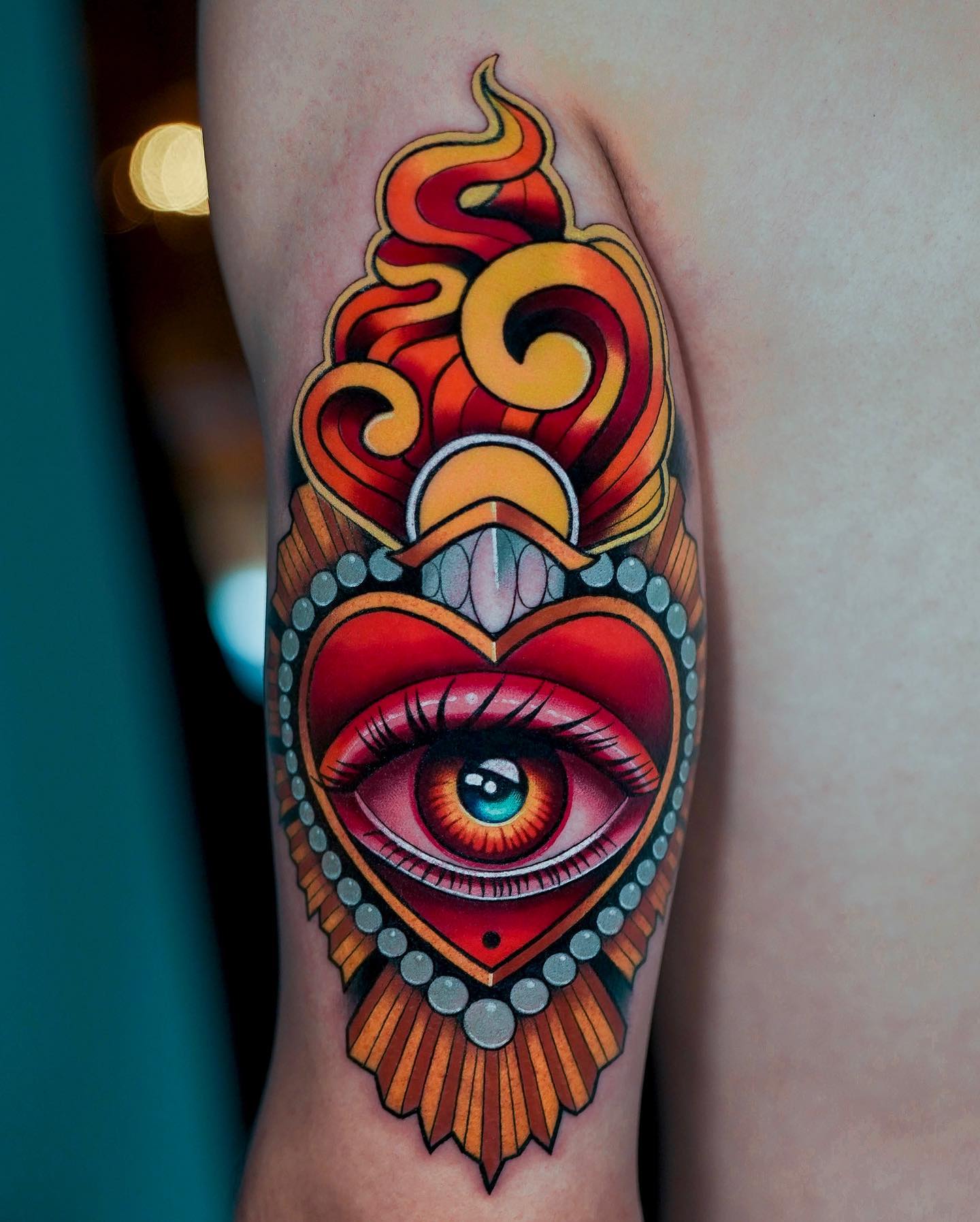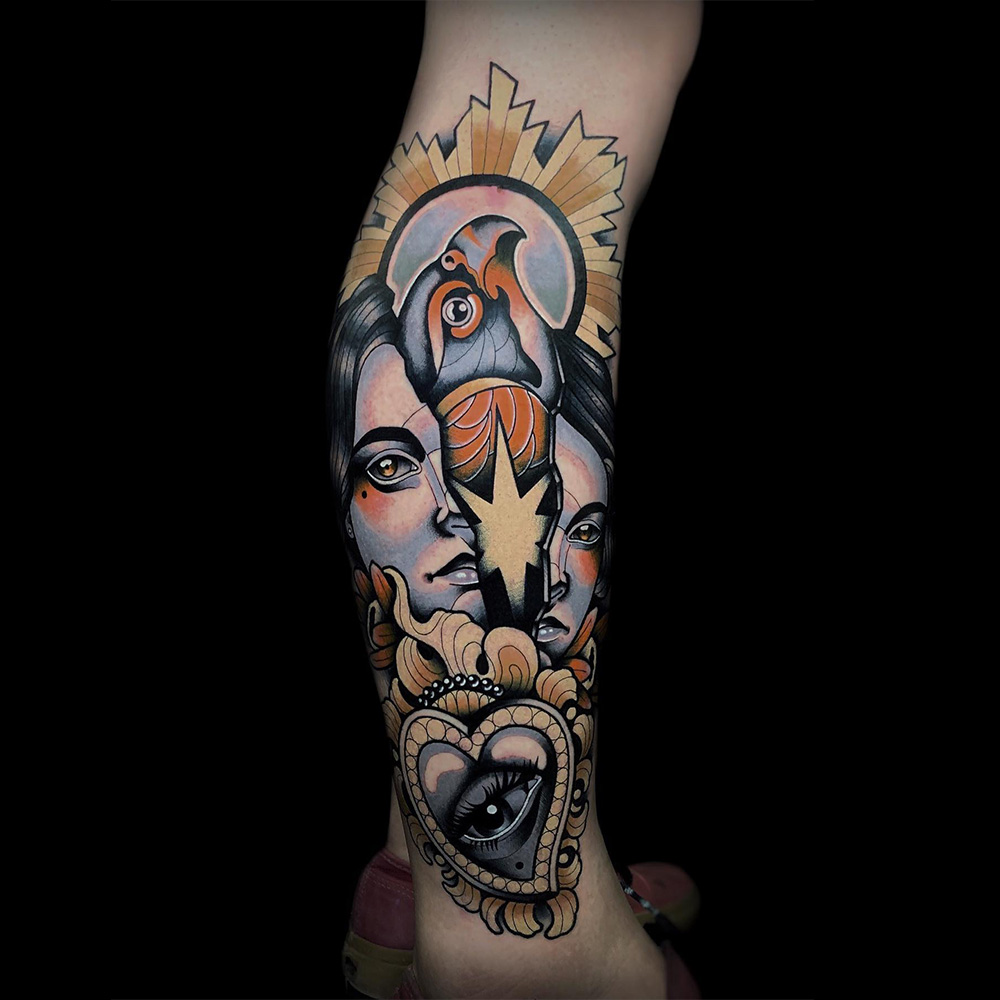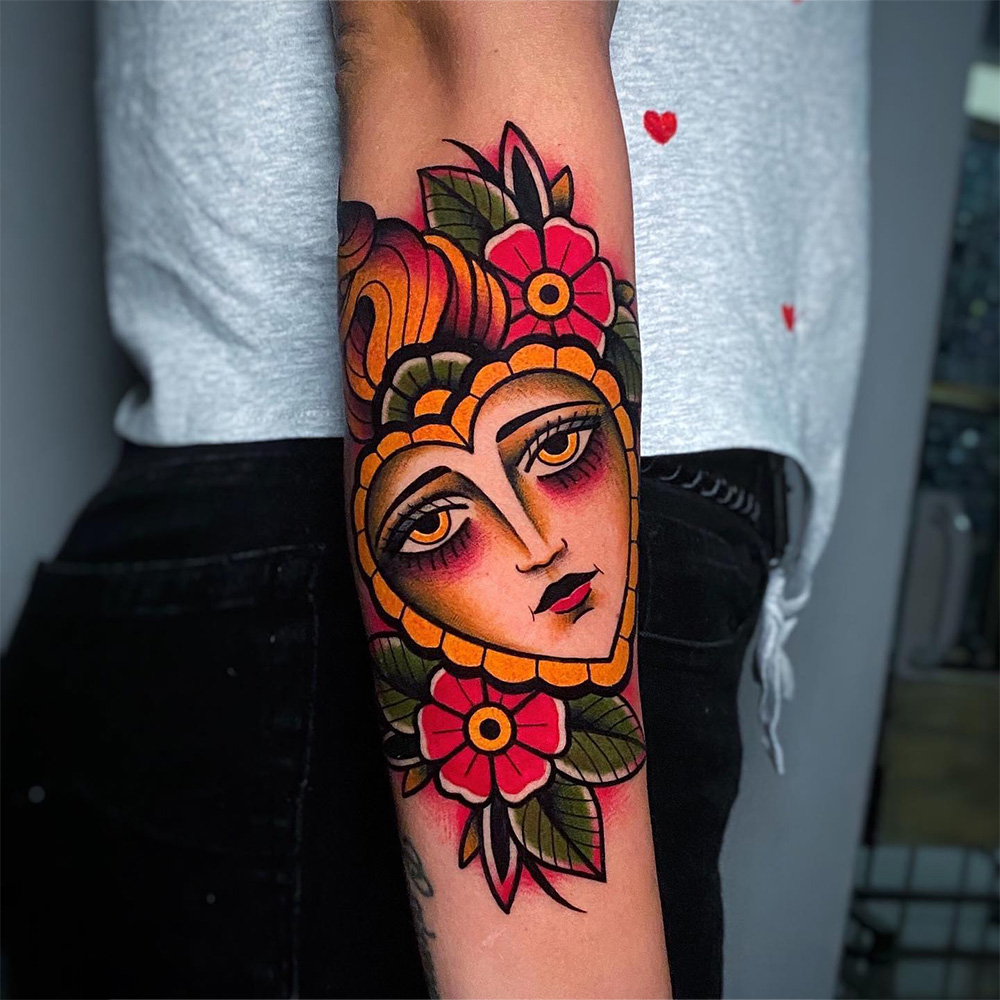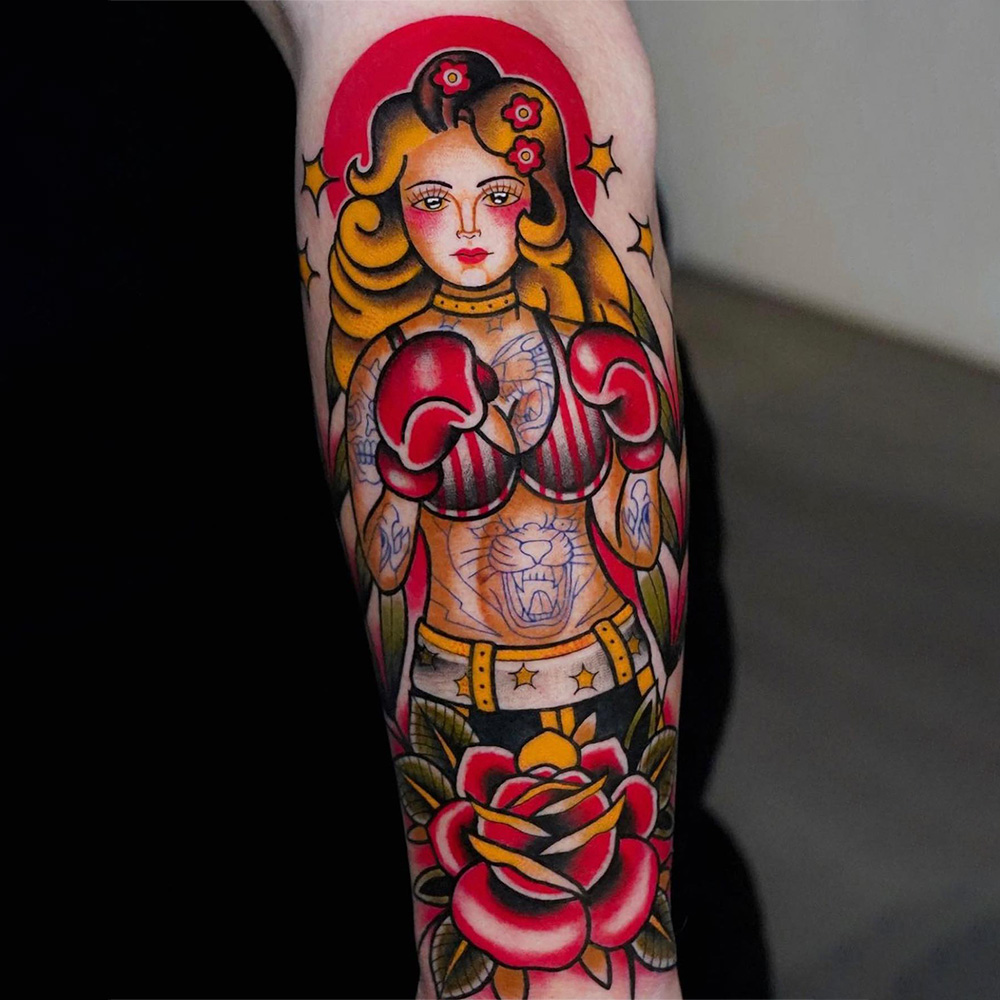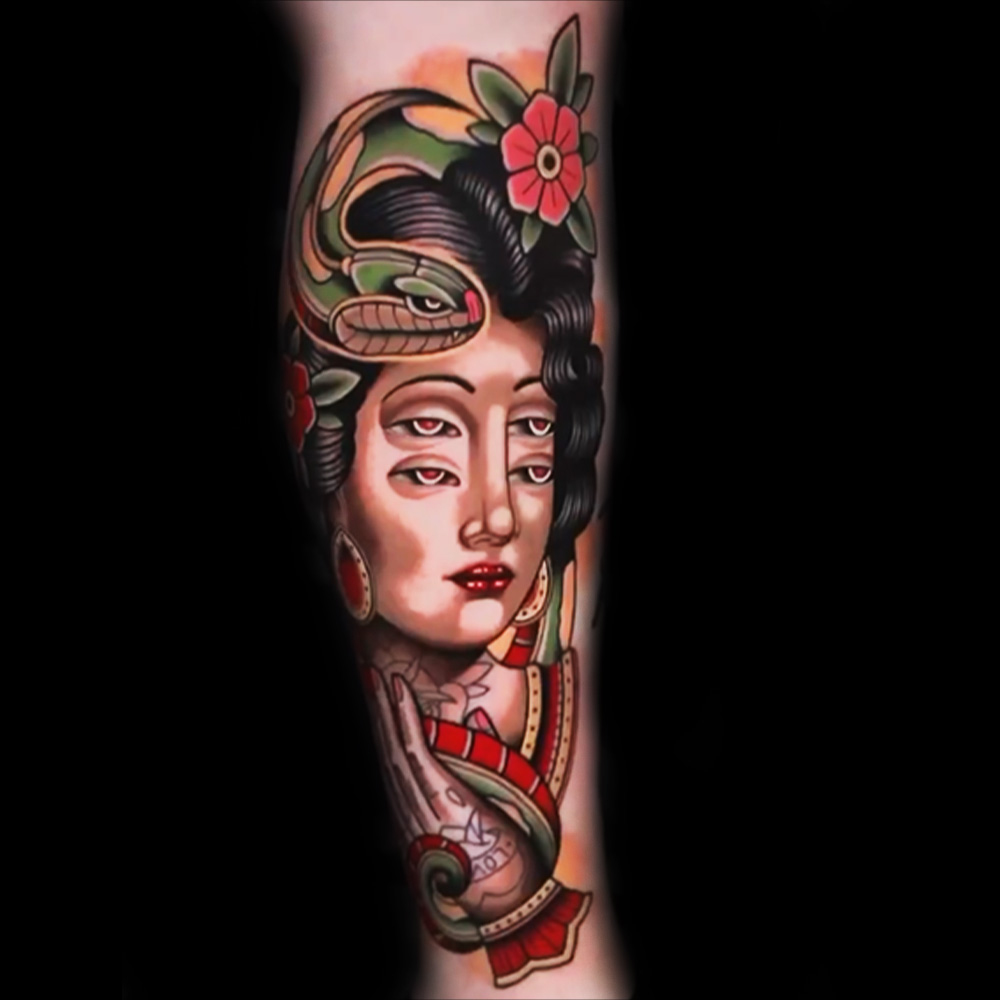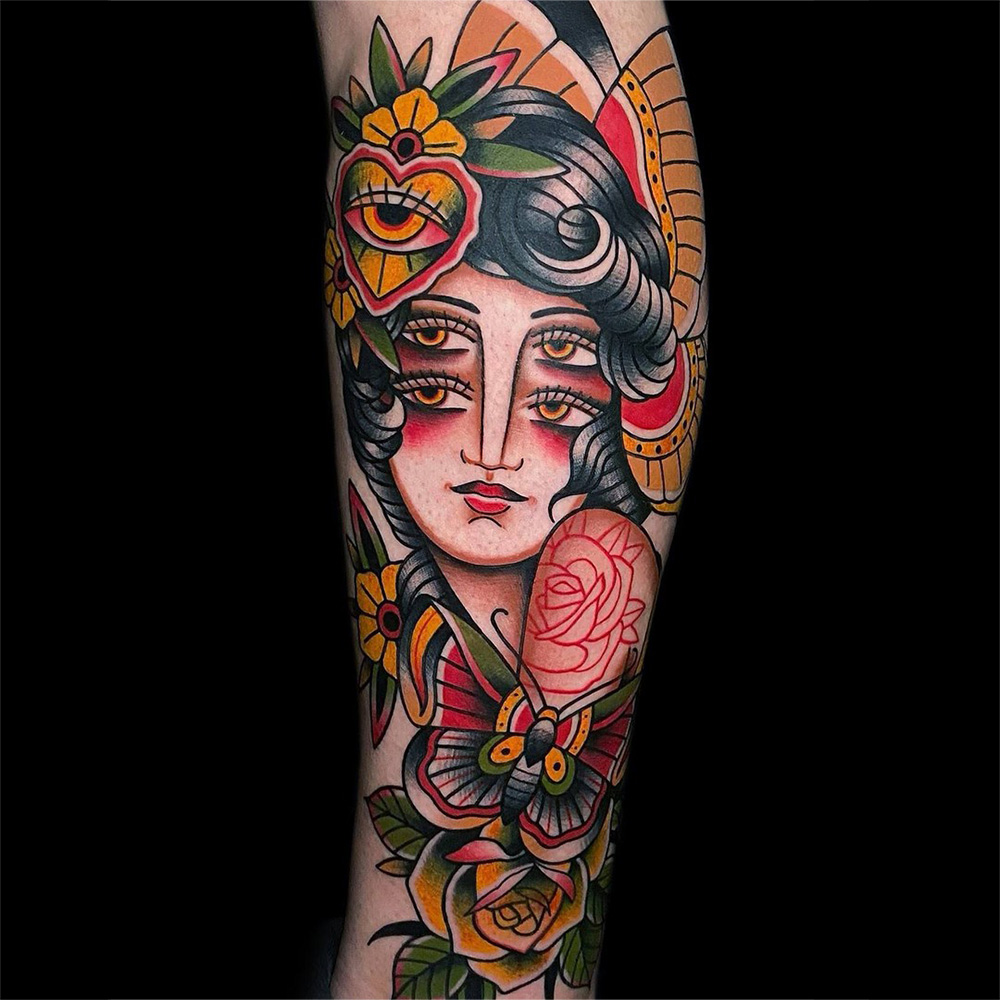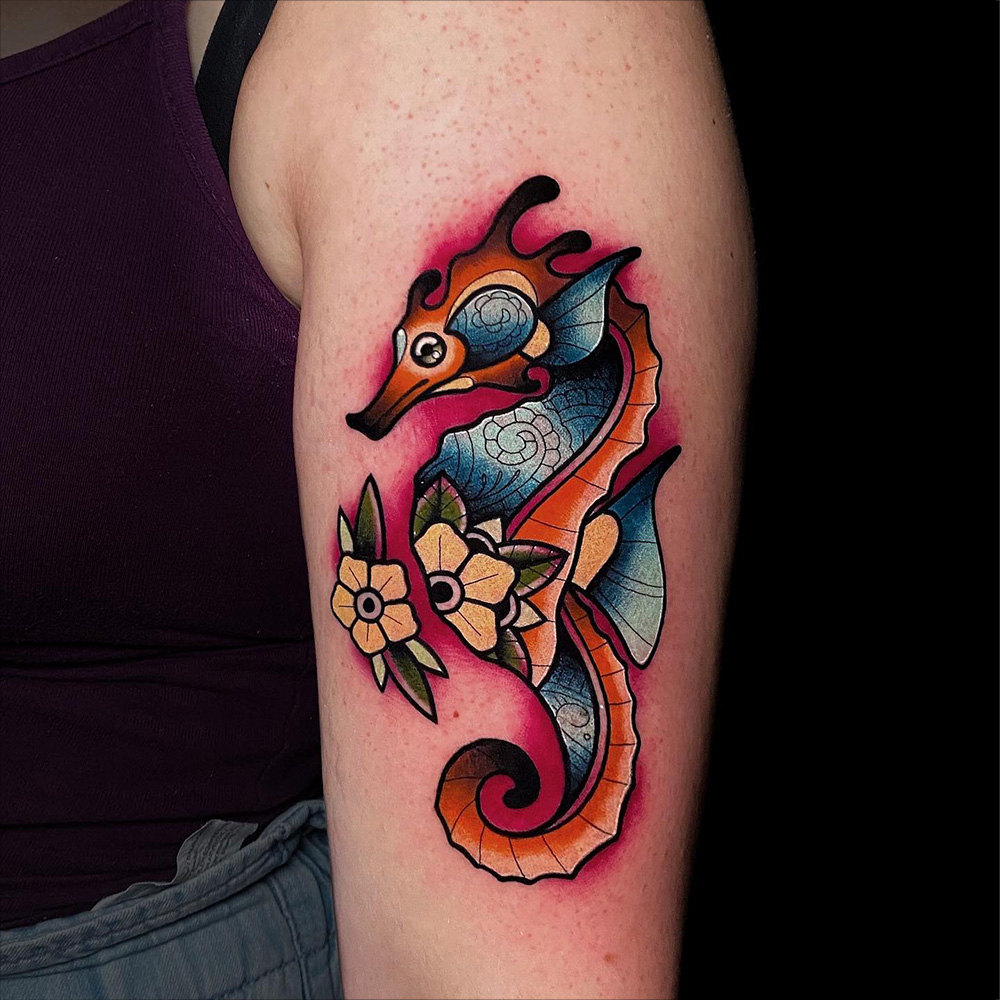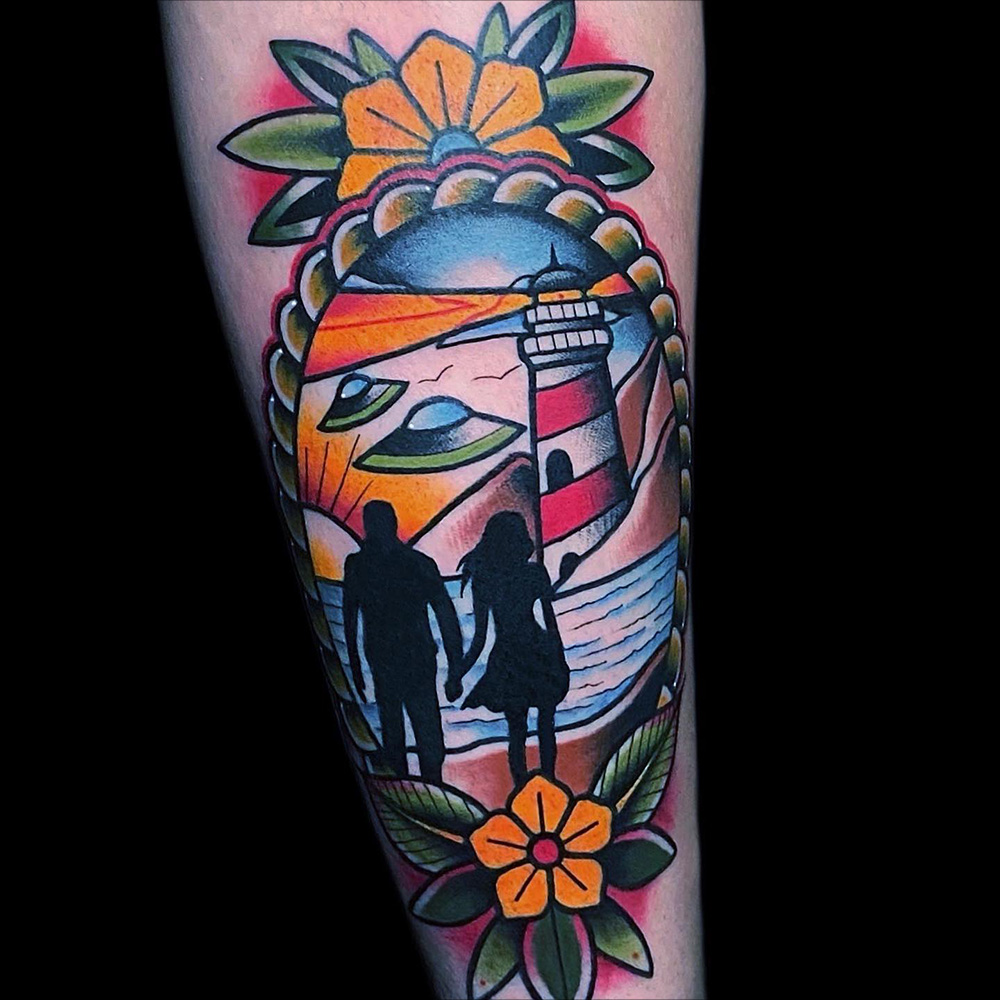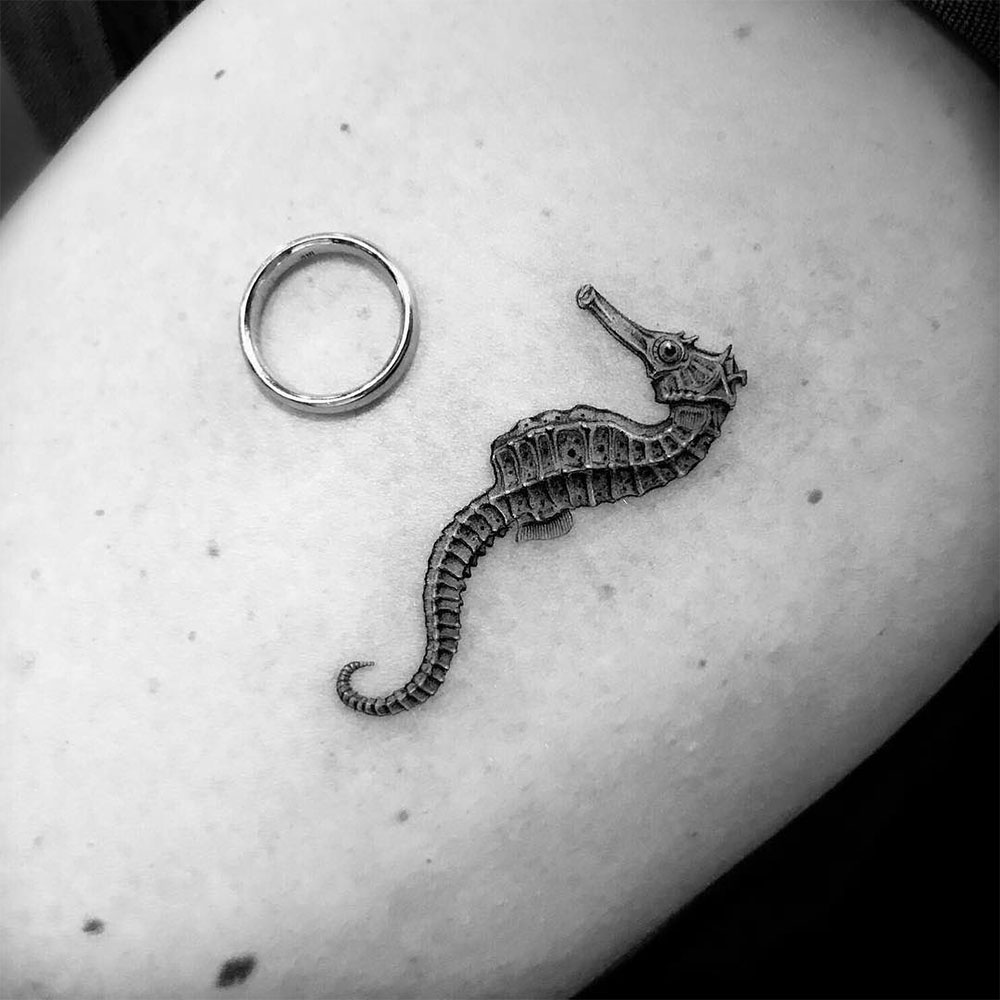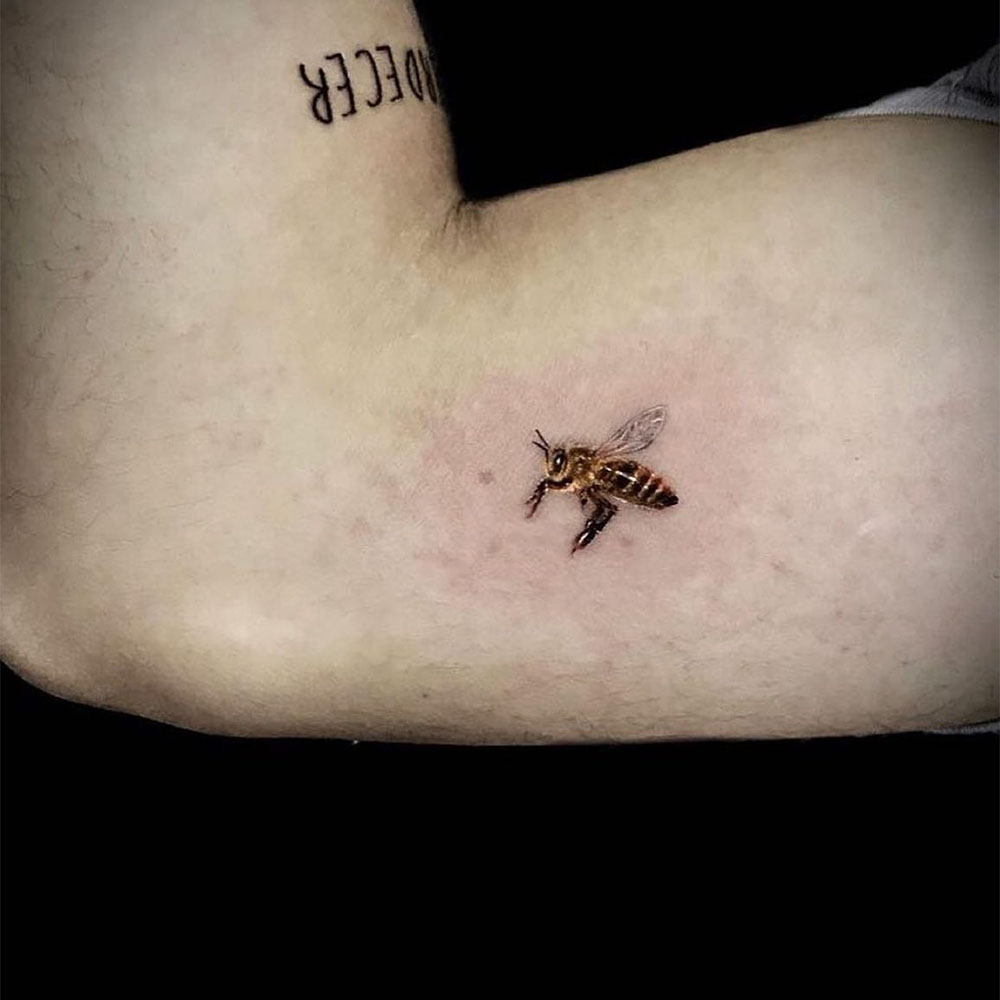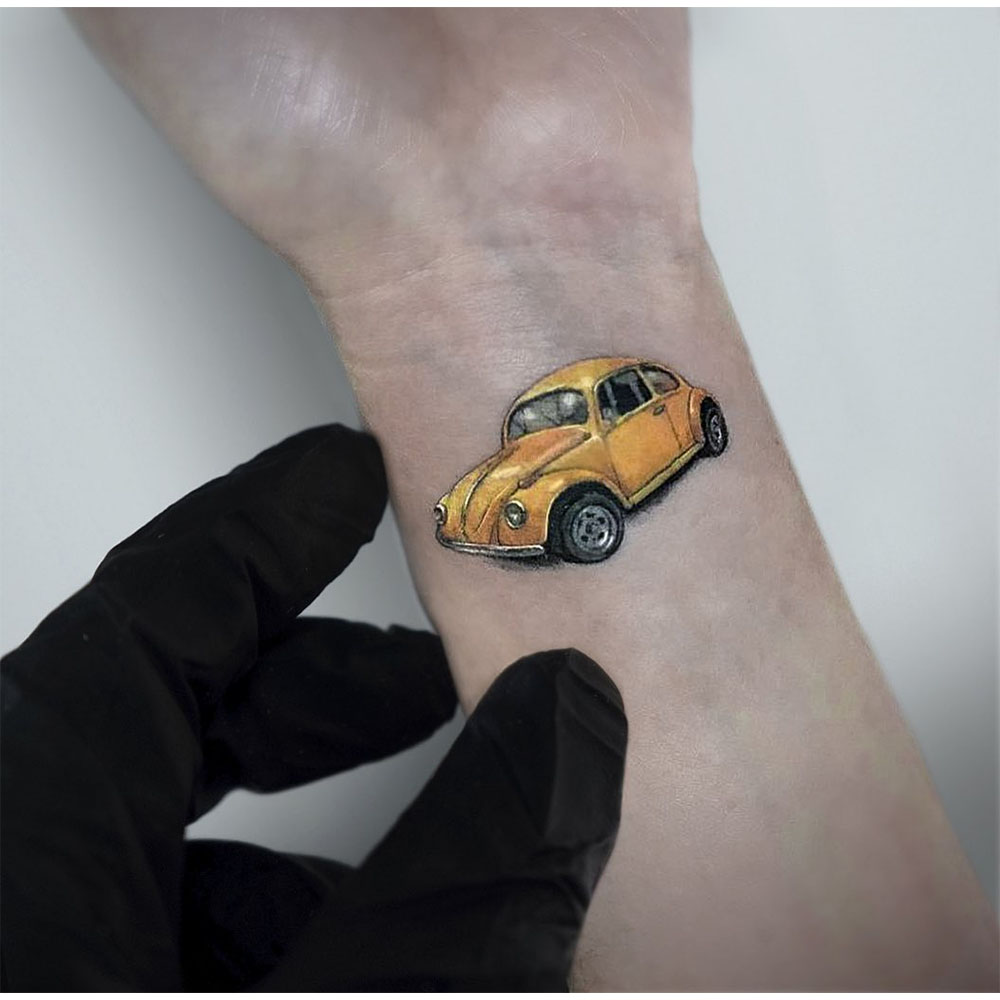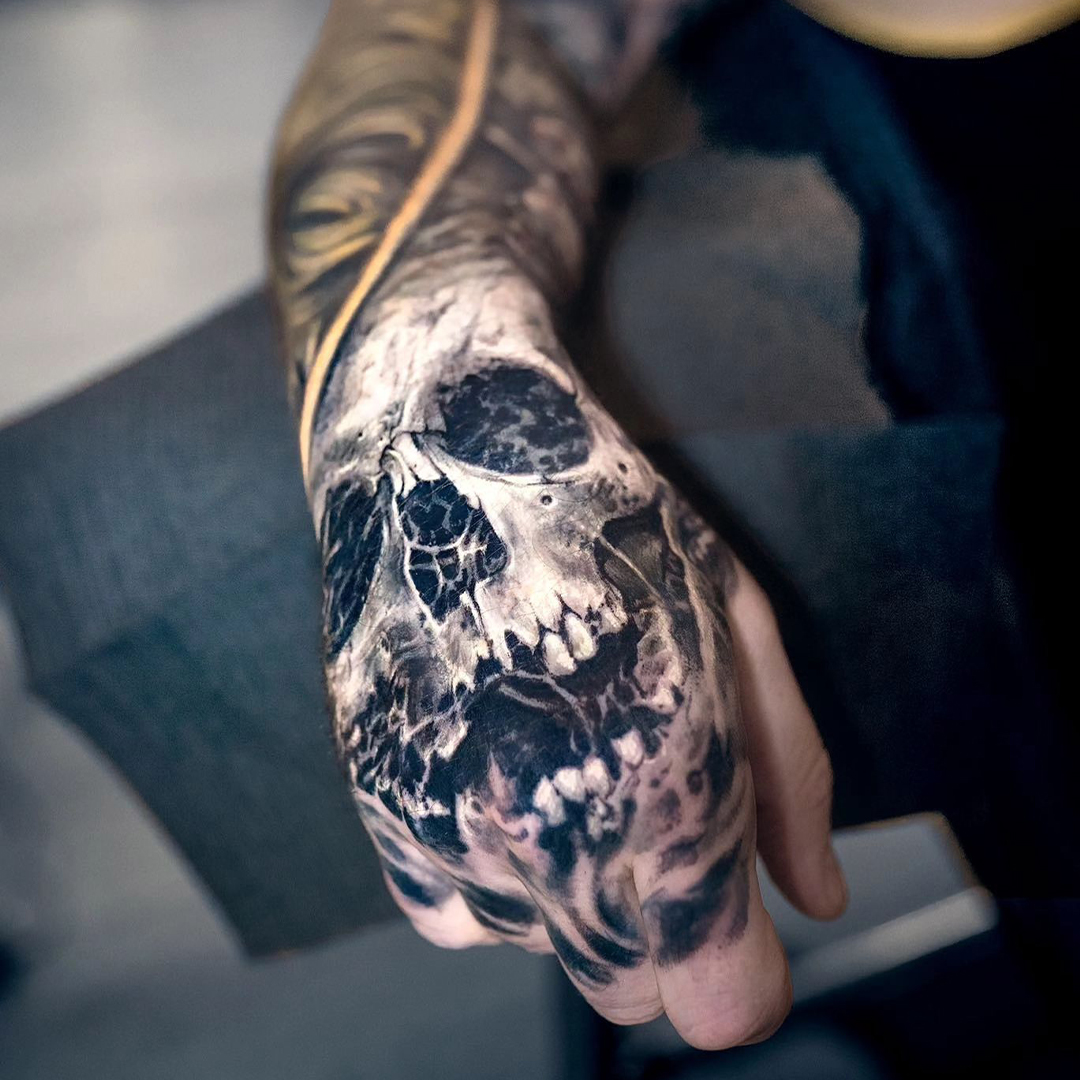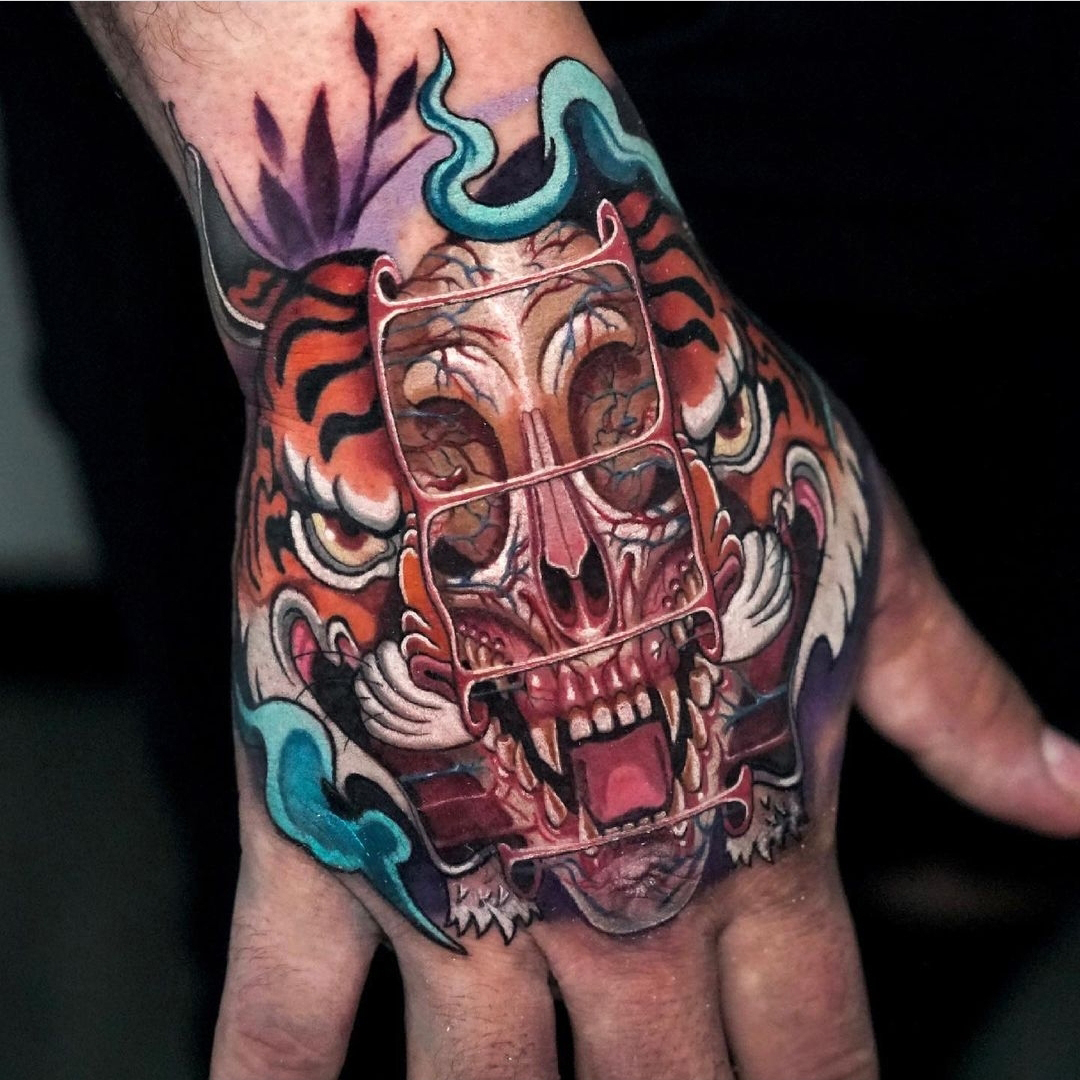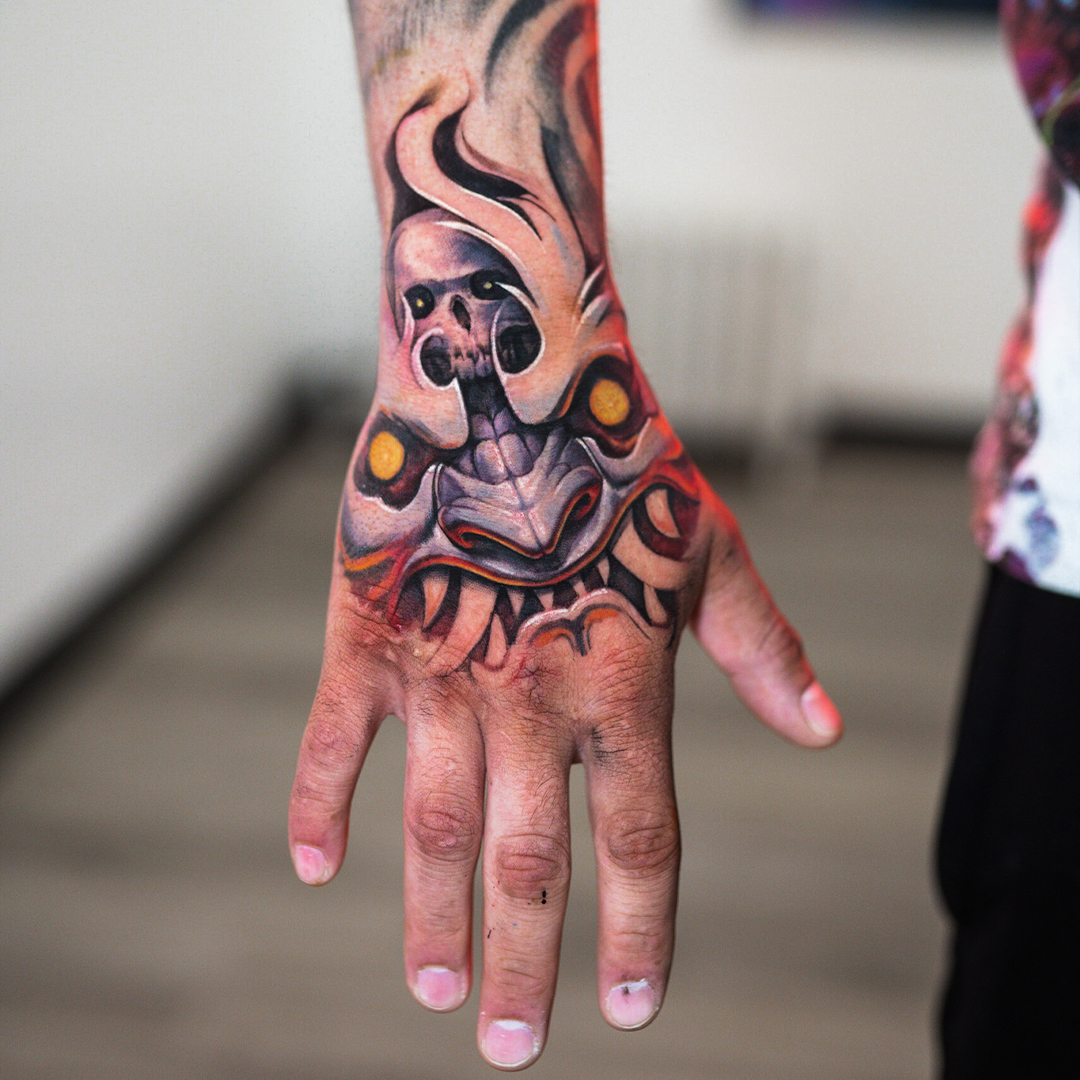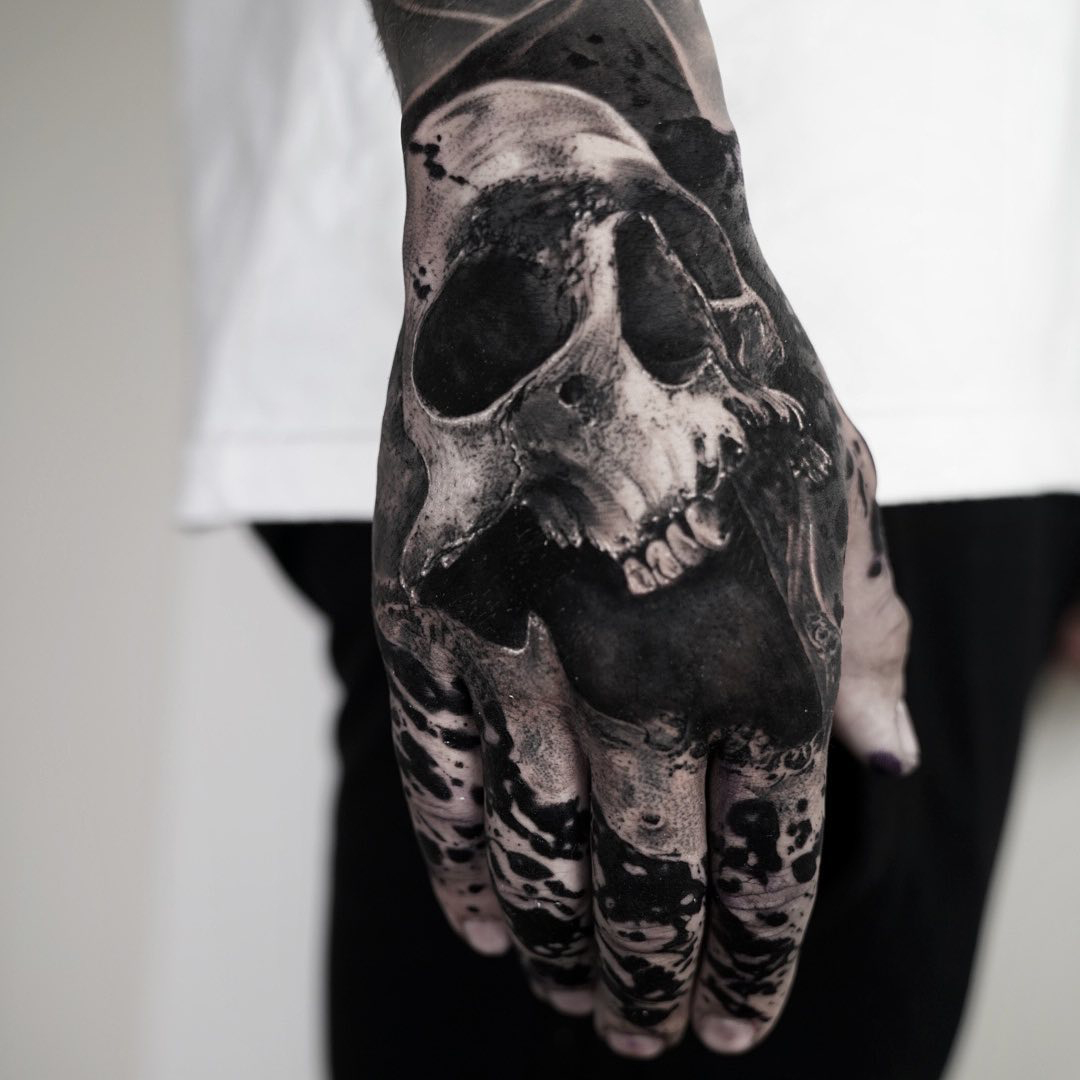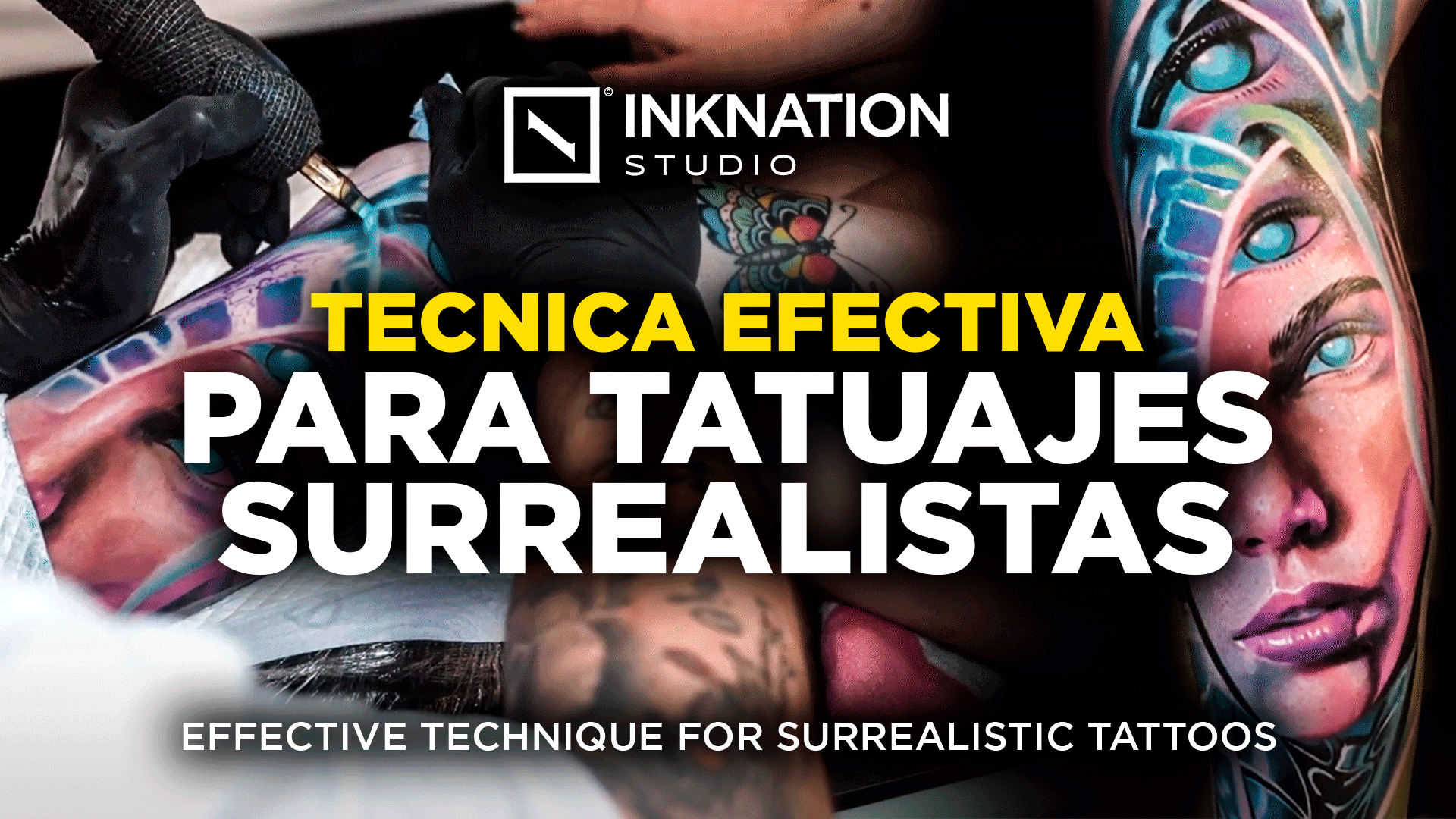Listen to this podcast on:
In the heart of Manhattan, Inknation Studio delves into the captivating world of tattooing, offering an engaging exploration that accompanies a recent podcast featuring Emilio González, an influential figure in the tattoo industry and a visionary entrepreneur. This content piece sheds light on Emilio’s remarkable journey from Venezuela to the vibrant streets of New York, highlighting his profound impact on the global tattoo landscape.
At the core of this blog lies Emilio’s exceptional contributions to the tattoo industry, transcending geographical boundaries. His artistic genius and relentless dedication have not only left an indelible mark in Venezuela but have also earned him international acclaim. This podcast provides insights into how Emilio’s unique style and unwavering commitment have elevated tattooing to new heights, setting the stage for an engaging The All Stars Tattoo Convention in Miami.
This convention stands as a testament to Emilio’s dedication to the tattoo community, and we invite readers to be a part of this artistic extravaganza. The conversation with Emilio emphasizes his vision of making tattoo conventions more artist-focused, providing insight into the meticulous process of selecting impartial judges and creating a prominent platform for Spanish-speaking tattoo artists. With exciting plans, renowned judges, and a global artistic fusion, the convention promises to be a milestone event, poised to shape the future of tattooing. Mark your calendars, stay tuned for updates, and join us in celebrating artistry, creativity, and Emilio González’s visionary spirit.





